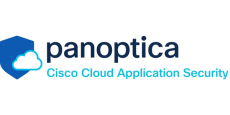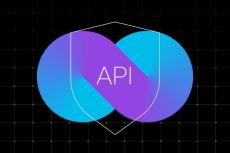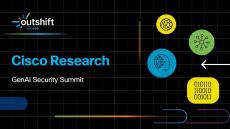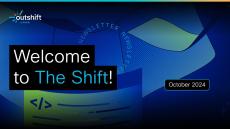- February 2025 (1)
- January 2025 (4)
- November 2024 (1)
- October 2024 (4)
- September 2024 (3)
- August 2024 (5)
- July 2024 (6)
- June 2024 (10)
- May 2024 (12)
- April 2024 (16)
- March 2024 (6)
- February 2024 (9)
- January 2024 (3)
- December 2023 (2)
- November 2023 (6)
- October 2023 (4)
- September 2023 (3)
- August 2023 (2)
Panoptica is a cloud-native security platform designed to protect the Kubernetes orchestration environment and containers, microservices, APIs, serverless functions, and the software supply chain. It simplifies the job of comprehensively securing your cloud-native application development lifecycle—from build pipelines to workload runtimes running in one or more clouds.
Panoptica provides visibility, prioritizes risk, and offers remediation guidance to take policy-driven action to protect your applications from security attacks. It enables frictionless collaboration among DevSecOps and supports open-source innovations using sigstore and the OpenClarity portfolio.
Best-in-class application security:
- Cloud native application security solution: Reduce tools and vendors as you create secure, compliant cloud native apps.
- Attack path analysis: Look at paths from diverse angles and get help with risk mitigation and resolution.
- Code & CI/CD security: Get real-time vulnerability detection from development to runtime.
- Cloud security posture management (CSPM): Scan, monitor, and remediate critical attack paths in your cloud stack instantly.
Panoptica lets you innovate your modern cloud-native applications faster and reduces time to market by driving security automation through the entire application development process.



















